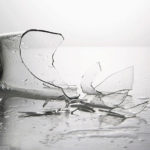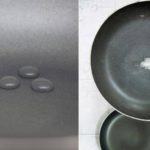The bottom of the pan is deformed and bulging in the middle is a condition that can occur after a period of use. What causes this situation? Let’s find out about this issue and how to fix the problem of a bulging pan bottom with XYZ!
1 Causes of a bulging pan bottom
The phenomenon of a bulging pan bottom can be caused by the expansion of metal when exposed to high temperatures. The bottom of the pan is composed of multiple layers of different metals, so each layer has a different coefficient of thermal expansion. Therefore, the pan will be deformed in shape such as convex or concave when heated at high temperatures.
In addition, there is another cause that can lead to a bulging pan bottom, which is thermal shock. Some people have the habit of placing the pan in cold water immediately after cooking to clean it, causing a sudden change in temperature and leading to thermal shock of the pan.
If this condition occurs repeatedly, it will cause the pan to become deformed and bulge at the bottom. Therefore, after cooking, let the pan cool completely before placing it in cold water for cleaning. Along with that, pans with poor quality will also have defects, bulging, or warping after a period of use at high temperatures.
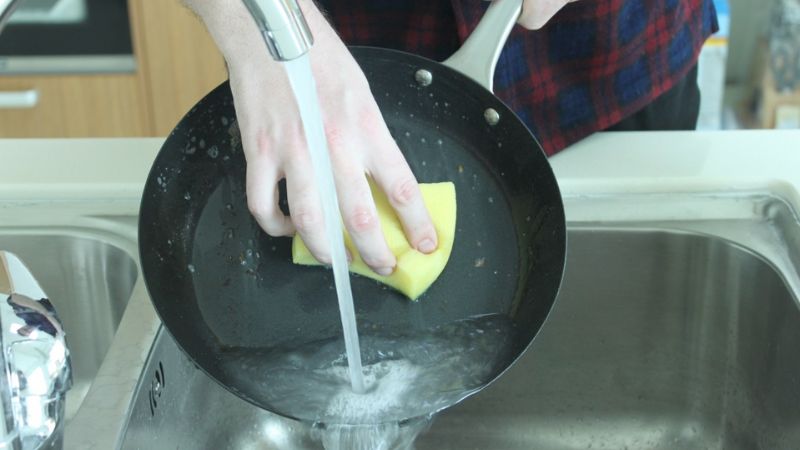 Causes of a bulging pan bottom
Causes of a bulging pan bottom
2 Effects of using a bulging pan bottom
In the case of using a bulging pan bottom frequently over a long period of time, the non-stick layer will crack and peel off due to metal expansion, causing adverse effects.
If you use a bulging pan bottom for cooking in a short period of time, it will not have a negative impact on the health of consumers, but these pans will bring many inconveniences in the daily cooking process, such as:
- It takes more time and energy to cook when using a bulging pan bottom on an induction cooker because the bottom of the pan is uneven and less adhered to the surface of the cooker.
- Due to the curved bottom of the pan, there will be strange noises and the induction cooker won’t recognize the pan due to water and air entering the gap between the cooker and the pan.
- The bulging and curved bottom of the pan will take up more space, time, and oil or fat when cooking fried dishes because the contact surface is limited.
- It reduces the aesthetic appeal of the kitchen.
Effects of using a bulging pan bottom
3 Should you replace a pan with a faulty bottom?
A bulging pan bottom will cause a lot of inconvenience in the daily cooking process, and in the long run, it will have a negative impact on the health of the user. Therefore, it is best to replace the pan to avoid the mentioned inconveniences.
Along with that, to minimize the risk of a bulging pan bottom and extend the lifespan of utensils, it is advisable to choose pans from reputable brands, with good materials, thick structure, and avoid washing the pan when it is still hot.
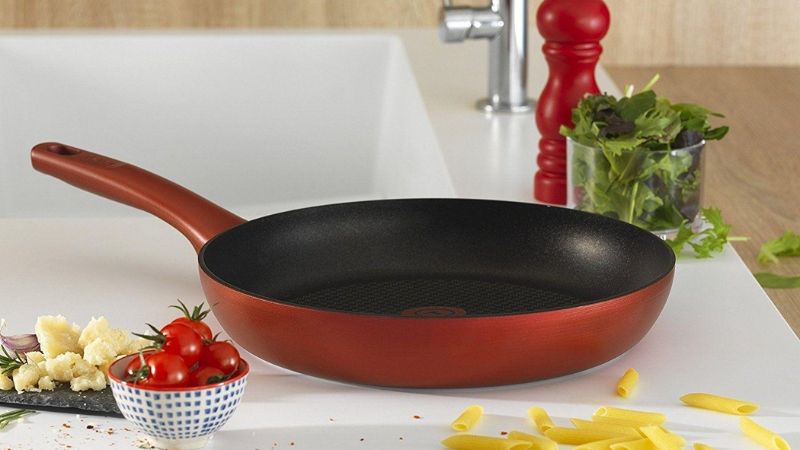 Should you replace a pan with a faulty bottom?
Should you replace a pan with a faulty bottom?
4 Some tips for using a durable pan
Do not use the pan for grilling or stewing
Using the pan for grilling and stewing can reduce the lifespan of the non-stick layer on the pan surface, causing it to deteriorate and peel off more quickly due to exposure to high temperatures.
 Do not use the pan for grilling or stewing
Do not use the pan for grilling or stewing
Do not use the pan in an oven
Pan manufacturers have stated that this utensil is not suitable for high temperatures. Therefore, you should avoid using the pan for boiling water at high temperatures, especially using the pan in an oven as it will cause the non-stick layer to peel off, seep into the food, and pose a health hazard when consumed.
 Do not use the pan in an oven
Do not use the pan in an oven
Do not directly season with salt while using the pan
Some housewives have the habit of directly seasoning with spices while using the pan. However, this action can cause the non-stick layer to become rough, reduce the non-stick effect, and shorten the lifespan of the utensil.
In addition, it is not advisable to use the pan as a container or food storage device because prolonged contact of the non-stick surface of the pan with food will also cause the non-stick layer to peel off more quickly.
 Do not directly season with salt while using the pan
Do not directly season with salt while using the pan
Do not scrub metal against the inside of the pan
Materials that can cause scratches and corrosion such as steel wool, wire brushes, or metal utensils should be avoided for cooking food with the pan. To prevent scratching the surface of the pan, use wooden or bamboo utensils and clean the surface of the pan with a soft cloth to protect the non-stick layer and ensure safety for the user.
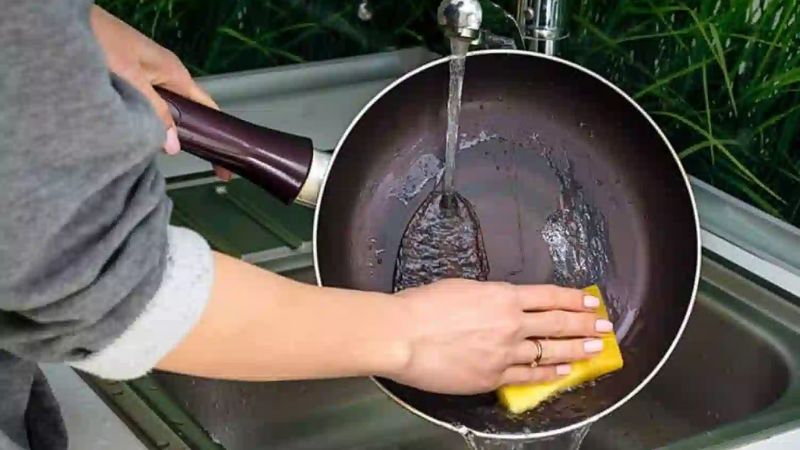 Do not scrub metal against the inside of the pan
Do not scrub metal against the inside of the pan
Do not heat the pan too hot before adding oil
When cooking, you will need to heat the pan. However, you should limit heating the pan for too long before adding oil as it will cause the non-stick layer to easily peel off and reduce the lifespan of the utensil. Therefore, heat the pan until the surface is dry and then add oil.
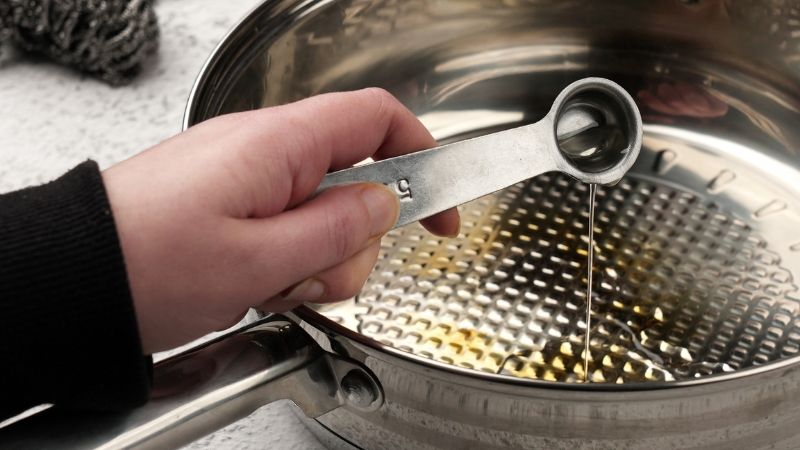 Do not heat the pan too hot before adding oil
Do not heat the pan too hot before adding oil
Above are the causes and solutions to the problem of a bulging pan bottom. Hopefully, the information mentioned in the article has helped you discover many useful tips.

























